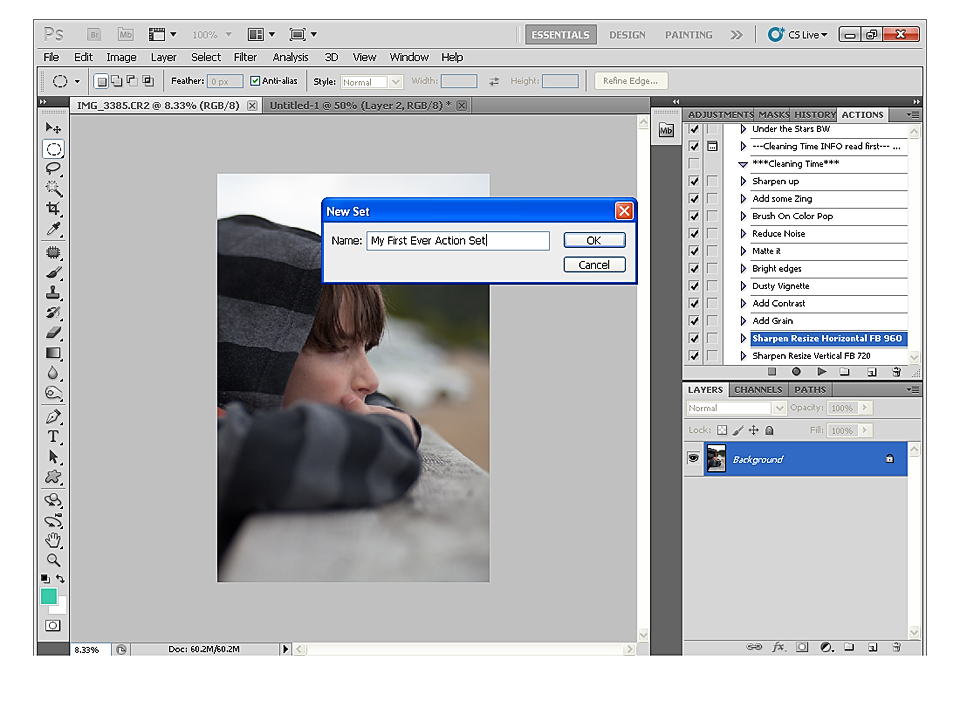
On this day and age, where everything seems so readily available, images, graphics and digital content are often lifted from the web without people ever looking back on their actions and wondering, “Do I have the right to use this content?”. It seems so easy, even elementary schools teach kids to right-click and add photos to their Powerpoint documents. Without ever mentioning to these kids that the content belongs to someone and educating them about copyright.
There’s also another issue here, that goes beyond the right-click, where people want to use said content, or “stuff” as I like to call it, to create a derivative product with commercial purposes in mind. That’s the tricky part, if you’ve been taught to use whatever you find on the web without enquiring about licenses or terms of use, we have a huge problem. I have nothing against creatives who integrate “stuff” in their work. Stuff like textures, backgrounds, stock images, vector graphics, etc. Or use Photoshop brushes, gradients, patterns they found on the web to create artwork. If it’s a flattened artwork and the license or terms of use allow you to sell it, that’s great!
If you are creating in order to re-sell digital content and are using “stuff” found on the web you better read the fine print! Find that license or those terms of use and read them carefully! Some designers will allow you to modify and re-sell, but you can’t take that for granted only because it’s free on the web!
Creative Commons? Does that ring a bell? The content you plan on using might be licensed under Creative Commons, but that doesn’t grant you the right to do whatever you want with the content. There are many types of Creative Commons Licenses, did you know that? Some require credit, some don’t. Some allow you to modify the works, others don’t. Public domain is also a source of content, but once again, read the fine print carefully.
To find out more about the types of licenses from Creative Commons, go here —> Creative Commons.org
What if the content you find is not licensed under Creative Commons? Then you absolutely need to find and read the terms of use. Can’t find them in the files or on the owner’s website? Does that mean it’s free to grab and use as you please? Not at all! Find the source and ask for terms of use. Keep them in a folder with the content you plan to use, protect the designers and protect yourselves. With this advice in mind, show some ethics and keep on creating stunning content!
Find a copy of my Terms of use HERE. They apply to all resources available on this blog.
Here’s a graphic to help you decide if you can use the “stuff” or not, enjoy!












Leave a Comment